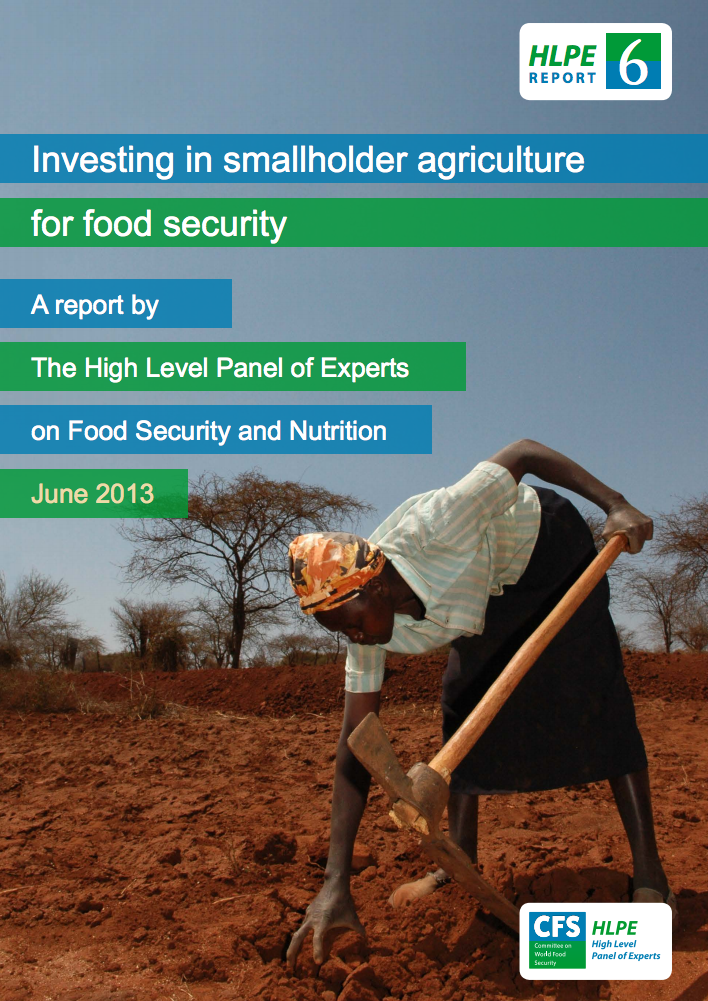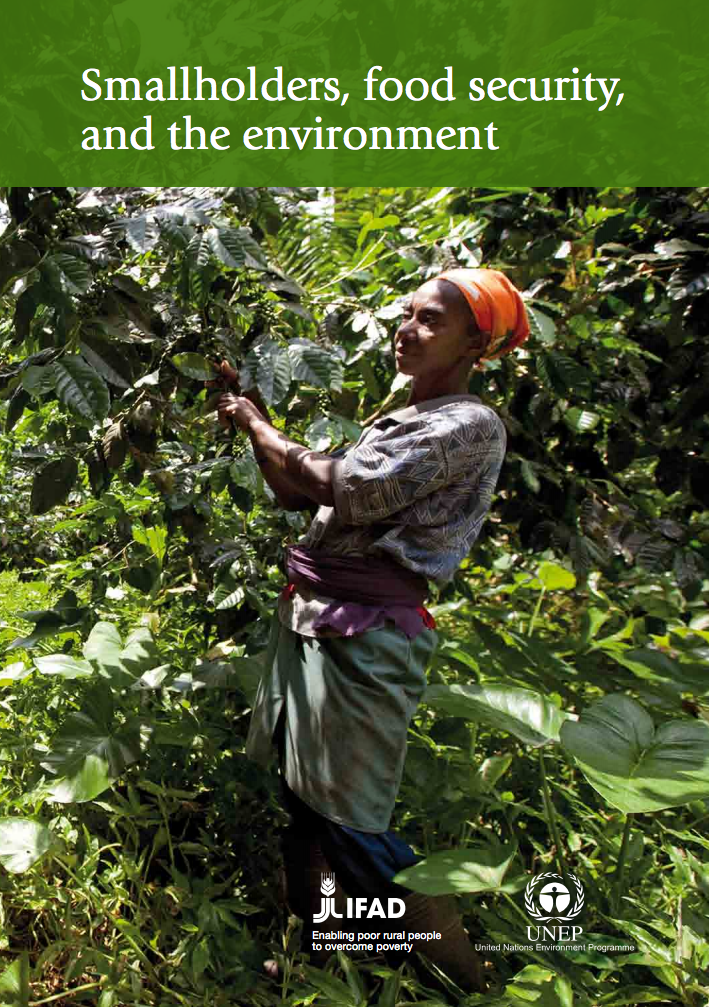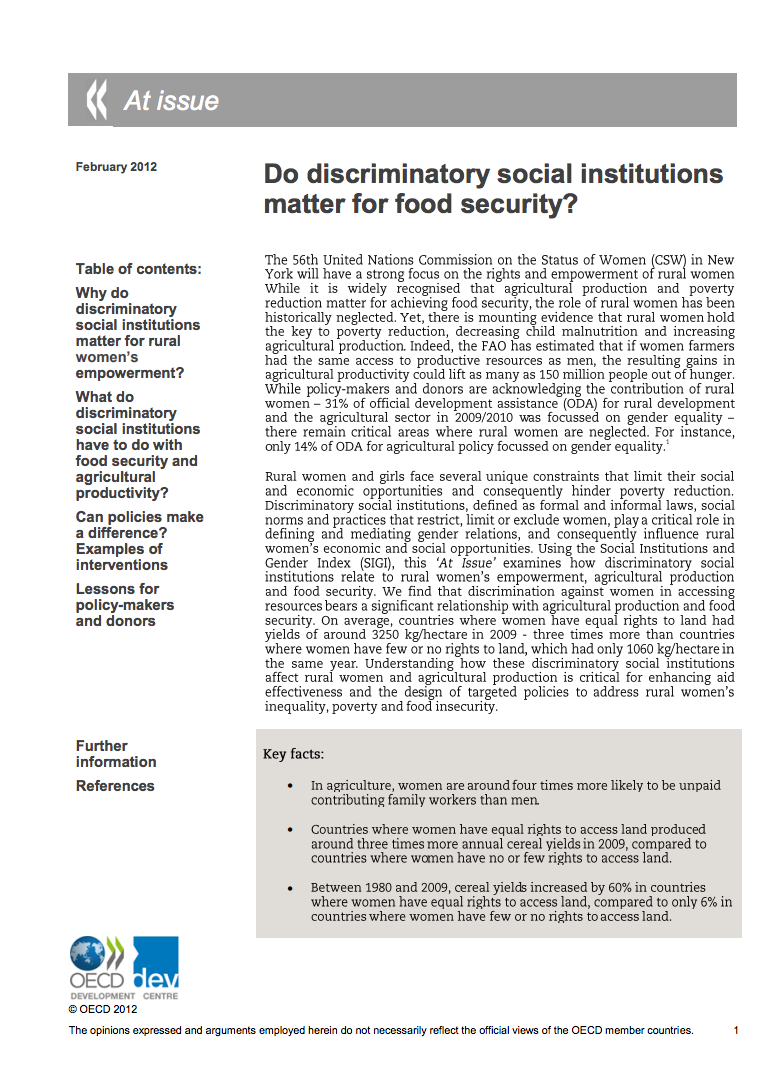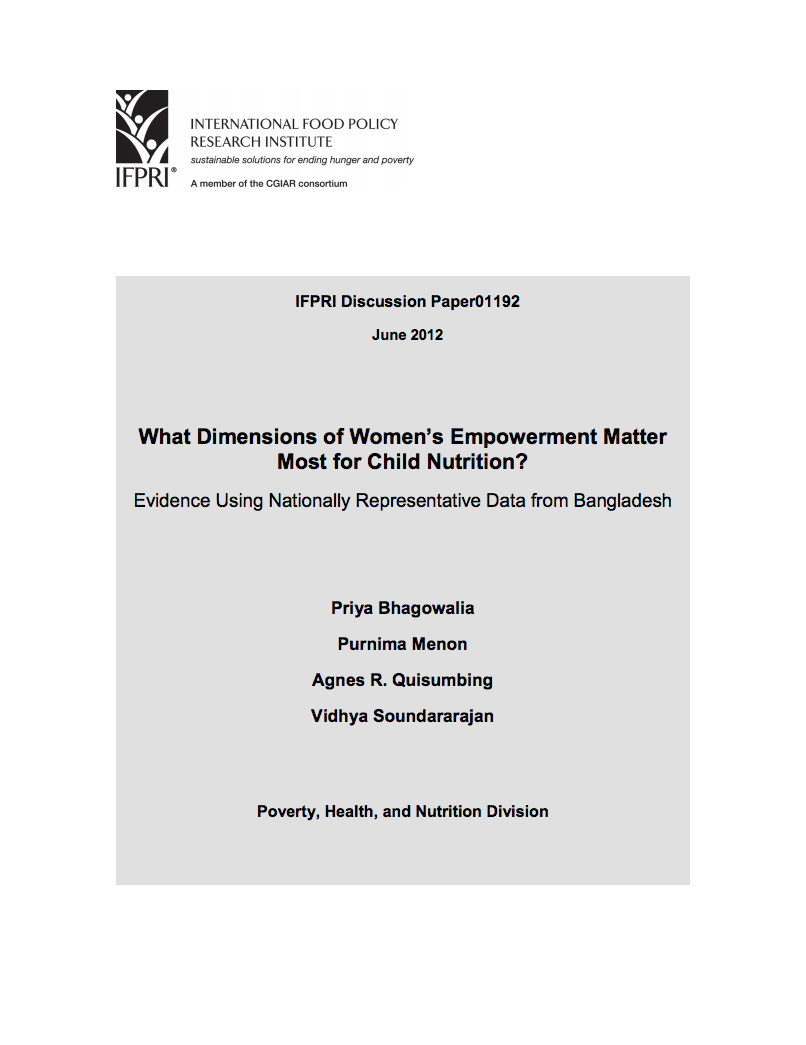Formulação de um Programa para a implementação da Convenção das Nações Unidas de Combate a Desertificação (UNCCD) nos países da CPLP
A localização geográfica de Moçambique nos trópicos e subtrópicos, faz com que ele seja vulnerável a eventos extremos de origem meteorológica tais como secas, cheias e ciclones tropicais e de origem geológica como é o caso de sismos e tsunamis. Dentre as diversas zonas do país, as áridas, semi-áridas e sub-húmidas secas são as mais vulneráveis, devido à degradação da terra caracterizada por perda persistente de productividade de vegetação, solos e pastagens e exacerbada pelo seu uso inapropriado (UNDP, 1992). As regiões sul e parte do centro do país são as mais afectadas pela seca.










